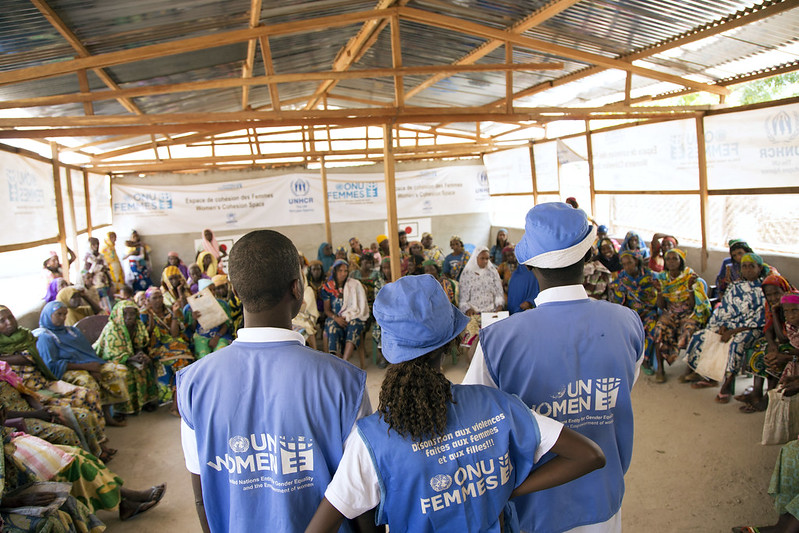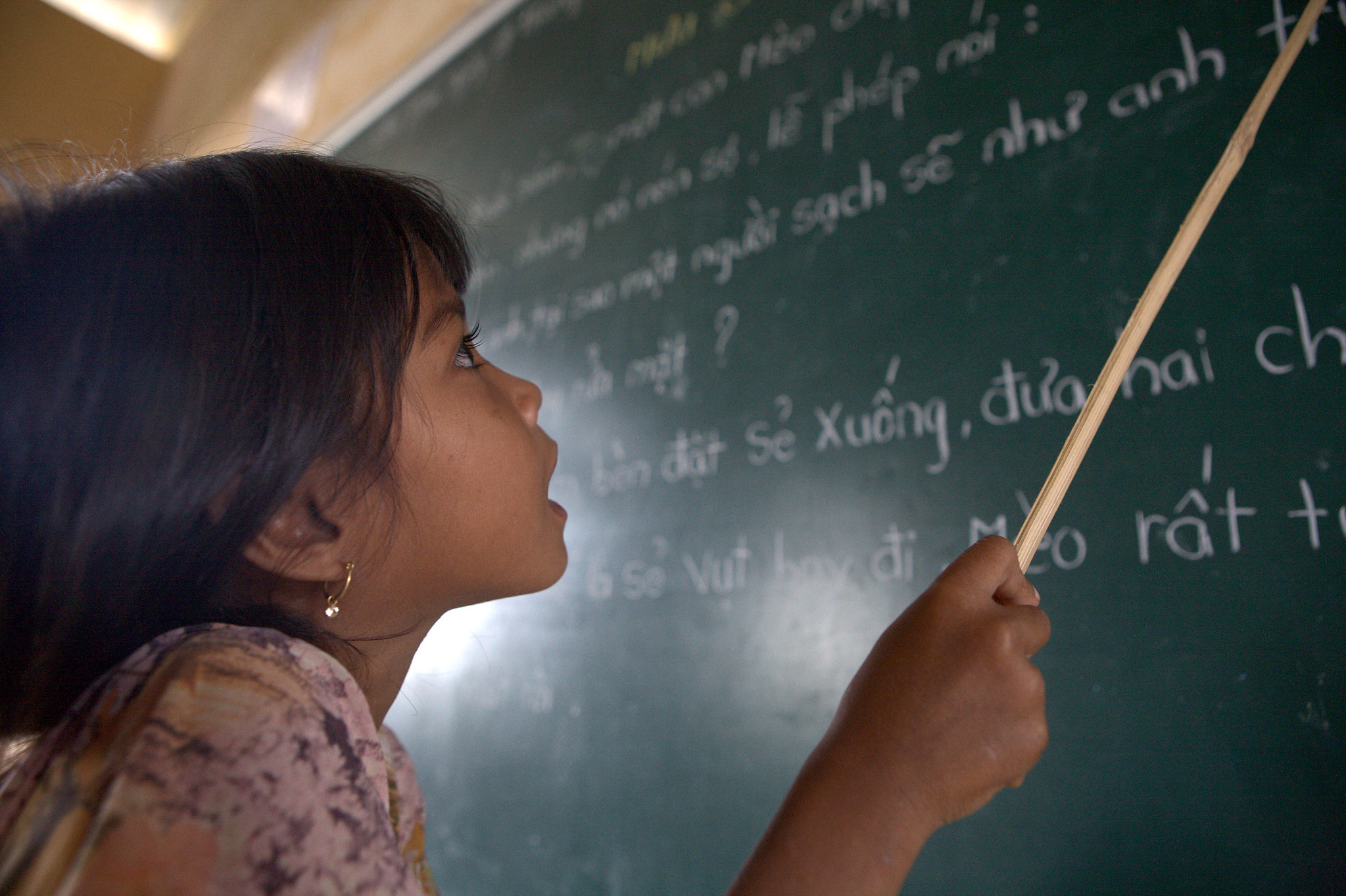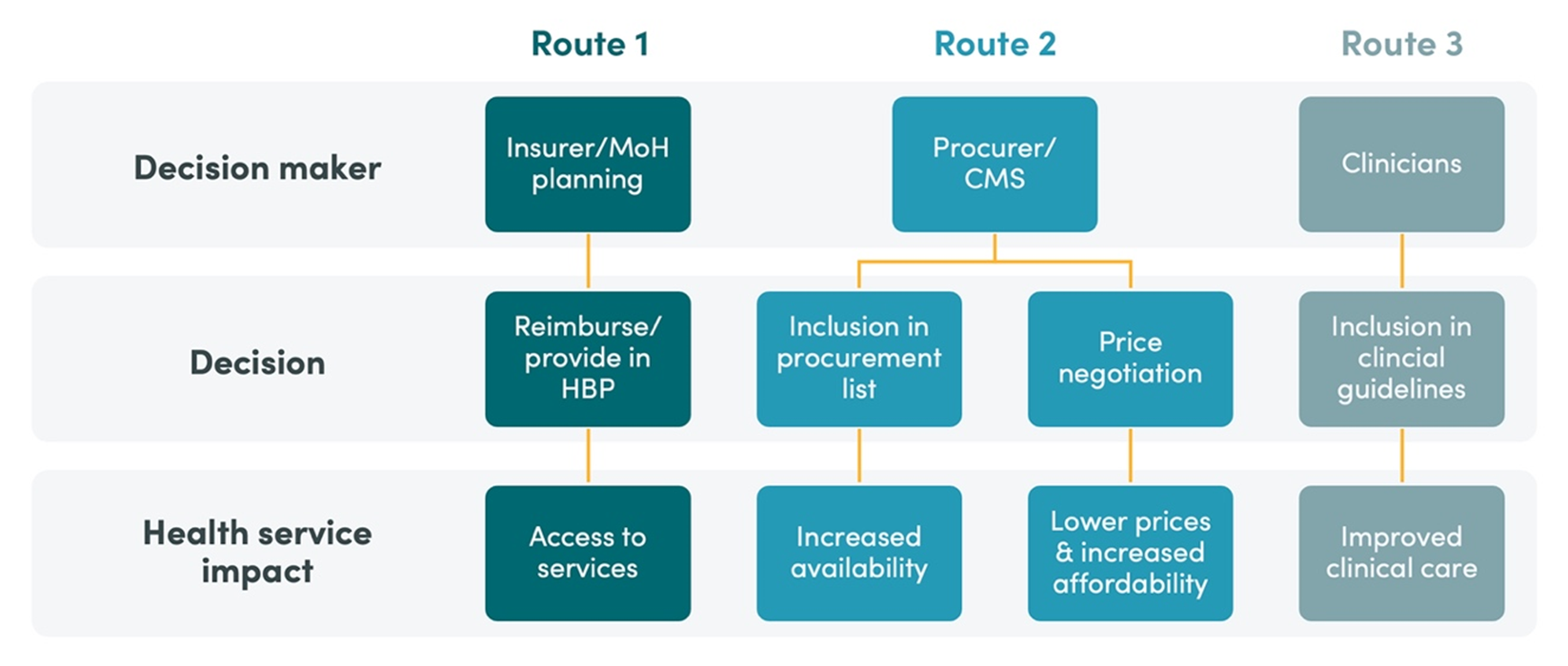Recommended
Coordination is essential to effective humanitarian action. As a recent policy paper argues, an area-based approach would better align humanitarian action around the needs of crisis-affected people – compared to the cluster system.
To understand how this approach operates at the local level and its benefits and challenges, Patrick Saez spoke with Noorina Ani, Abdul Wodood Elemyar, Farkhunda Samsoor and Jahanzeb Daudzai of NRC Afghanistan about their experiences with the “Urban Displacement Out of Camps” programme. This is the second blog in our ‘local voices’ series, featuring experiences and perspectives from frontline responders. Below is their exchange.
Patrick: Tell us briefly about NRC’s “Urban Displacement Out of Camps” approach in Afghanistan.
Noorina: We target urban and rural areas in Afghanistan where displaced communities are living among the host community. IDPs may be renting or sharing a living space with the host community and we target both groups through an area-based approach.
Our approach aims to promote two-way communication: to provide information on available services and solicit feedback, to build community capacity through engagement and participation, to strengthen humanitarian coordination platforms and link people to humanitarian services. So far, we’ve established seven community centers in the central area, as well as one in the north and one in the west. We’ve also created community representative structures and outreach teams.
Patrick: What was NRC’s impetus for pursuing an area-based approach? What were the perceived advantages compared to the cluster system?
Noorina: We had four objectives—and reasons—for pursuing an area-based approach:
-
Information could be made available to and used by community members, to enable access assistance and services;
-
Protection would be strengthened through community-based protection monitoring, referrals and safety mapping;
-
Community members would be empowered to work together to facilitate service delivery and social cohesion, and take the lead in identifying and solving problems;
-
Inclusive and localized advocacy, coordination and management would improve the quality and quantity of assistance, and progress towards durable solutions.
After three years, we’re seeing affected communities build resilience. For example, committee representatives collectively solve problems by themselves using internal and external resources, or refer vulnerable cases to service providers, without requiring our support. They’re mobilised to continue regular meetings and to raise and solve issues, even after the closure of the community centers.
Patrick: How effective was the “Urban Displacement Out of Camps’”area-based approach in delivering a coherent response to the needs of IDPs?
Abdul: Through the community centers in East Afghanistan, we were able to engage affected communities and better identify their needs, especially women’s. We looked at their involvement in decision-making, access to basic services and physical spaces to safely engage and socialise with their community.
For example, one gap identified was women’s poor access to markets. Through advocacy and community participation, we received funds to establish women-friendly shops in conservative areas. Based on consultations with elders and other community representatives, we established shops where women from the surrounding areas could buy necessities.
Our model is effective because it’s based on community engagement and participatory approaches. Needs are practically observed and recorded accordingly, and local coordination structures effectively communicate with state and non-state service providers through referrals. Community representatives also gave the community power and strength to have their voices heard.
But we did face challenges. In Chamtala, for example, elections for community representatives were based on tribal background and power. The Maliks or traditional elders thought that our committee structures were trying to replace them—few represented their communities’ interests in the real sense and even manipulated them. Some threatened our local staff.
Patrick: What other challenges has it faced, and what are the coordination gaps that this approach has filled?
Farkhunda: Initially, we faced a number of coordination gaps: lack of coordination among camp residents which resulted in corruption; lack of coordination among organisations and a lack of information regarding available services and access to them. Through our community centers and mobile teams, we filled coordination gaps by:
-
Coordinating meetings between camp residents and organisations, and informing people of services available to them.
-
Creating female and male committees, which acted as intermediaries between camp residents.
-
Establishing appropriate and safe community centers as places for meetings.
At first, community representatives didn’t know how to coordinate access to services and often declined requests as they thought it would decrease their personal influence. But this mindset changed over time through awareness programmes. Some settlements were also located far away, and unable to attend coordination meetings.
Patrick: Do you think an area-based model could be rolled out in other areas of Afghanistan?
Jahanzeb: I think it can be expanded to other areas of Afghanistan. Most displaced people here prefer to be integrated and live within host communities, rather than camps. Based on team visits to Khost and Nangarhar Province in October 2020, we found vulnerability levels to be almost the same for host communities as for the IDPs.
But a challenge we always faced was lack of interest by other aid agencies to work together in the same geographical area.
If we really want an integrated and multi-sectoral response, we need stronger coordination by geographical area.
Disclaimer
CGD blog posts reflect the views of the authors, drawing on prior research and experience in their areas of expertise. CGD is a nonpartisan, independent organization and does not take institutional positions.






